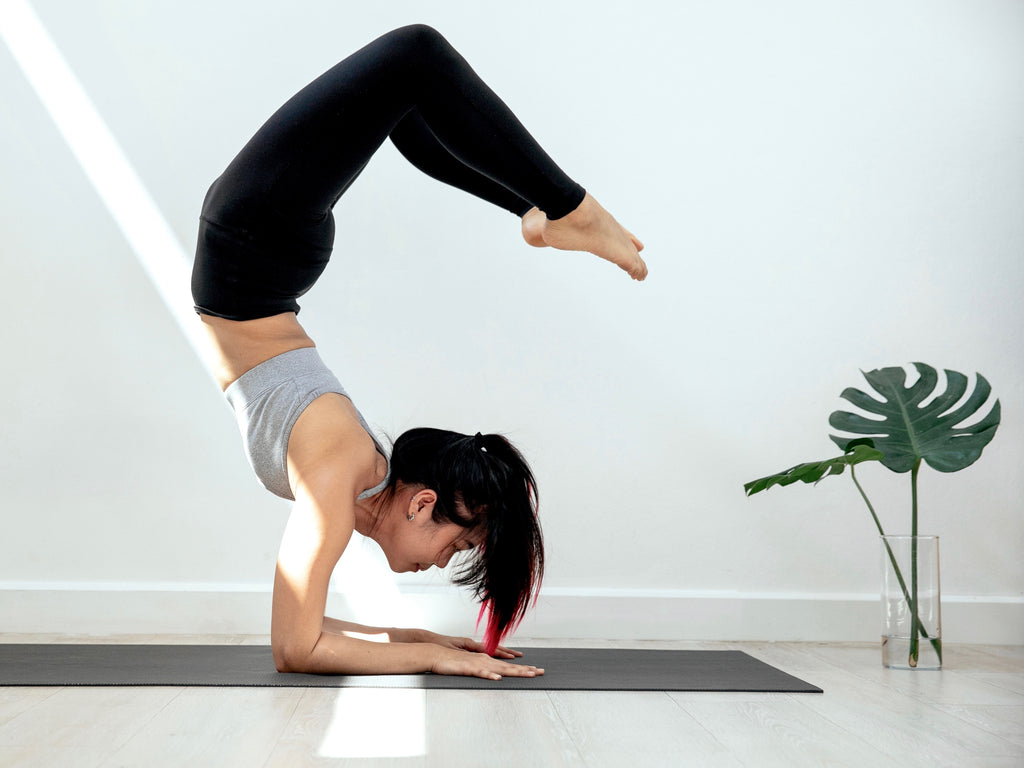
How To Use Your Strength Training To Develop Flexibility
Dancers have constant pressure on their bodies - pressure that balances strength and flexibility because unlike most athletes, the training itself requires them to be as strong as they are stretched.
When that balance is thrown off, chances of injury increase, which is exactly what happened to me. It turned out that my quads needed to be stretched more while my inner thighs and knees needed to be strengthened more in order for them to safely work together. As a result, I blew out my knee because my quads were way stronger than the medial line of my legs, (something to which every dancer can relate) and ended up requiring partial reconstructive surgery.
The process of healing from that injury and returning to normal was the beginning of designing Lastics Stretch Technique into a codified method. The journey began with one simple observation that I found very confounding.
Throughout a lot of PT, rehab and personal training there were glaring contradictions in my hands-on training and therapy. And that is to say that there were light years between the basic understanding of bringing back strength versus bringing back flexibility.
My strength came back in a steady, noticeable way. It was a grueling process and required a lot of effort. It was strategic. There was a plan. However, there was no such plan for flexibility, while only about 10% - 15% of the time and attention was allocated to stretching out, even though my leg was as tight as it had become flabby. My thigh, literally, poured out of the brace like pancake batter on a skillet when the brace first came off. It was a start-from-scratch scenario for that one leg.
This raised the question: Why are muscles being treated so differently when addressing flexibility versus strength? It made no sense: muscles are muscles. Improving them, developing them, challenging them, should rely on the same principles regardless of whether you are trying to stretch or strengthen them.
Weak and strong are on the same continuum, just at opposite ends. So, it follows that tight and flexible should also share the same continuum. You can’t spend a fraction of your energy on flexibly, devoting the rest to strength (and probably cardio) and expect to be balanced.
If you consider the key tenets of strength training, you quickly see how all of what we know about muscle development is nowhere to be found in flexibility training. Take a look at the grid below to compare and contrast.

So, technically speaking, what we do is approach flexibility using the proven principles applied to strength training. We just do it with stretching instead, and alas, you get comparable results.
You may also enjoy reading, Why We Created A New Strength Class and What It's About.
Meanwhile, we hope you’ll join us on Facebook and Instagram.
Lastics is the only stretching method with transformational techniques that teach you how to significantly & safely improve your flexibility. Born from the world of dance and made for all levels, Lastics Stretch is loved by everyone!
RECENT ARTICLES
-
The Difference Between Stretching and Being Stretched
-
Your Arms Are Your Secret Weapon for Achieving Splits
-
How Often Should I Stretch?
-
Novel Exercises For Hip Pain
-
Fibromyalgia, Oxalates and Unexplained Pain
-
Muscles Present A Curious Dichotomy That Can Inform Your Exercise Routine
-
If You Want to Increase Your Flexibility, Assisted Stretching Won’t Do It
-
Why You Stretch and Don’t Gain Flexibility
-
How Long To Hold A Stretch and It's Not 30 Seconds
-
This Is How To Increase Your Flexibility

